Exploring the Beauty, Uses, Care and Propagation of the Hibiscus rosa-sinensis.
Hibiscus rosa-sinensis: English name is Chinese hibiscus. Synonyms of the flower is Abelmoschus genevii Walp, Ampurukam, Arattam, Blackening plant, Chinese hibiscus, China rose, Cembarutti, Capakucumam, Cembarutti, Cemparutti, Chemparati, Darshan, Dasindachaphula, Dosni Phool, Daanachettu, Daasaana chettu, Dasanamu, Gul gurhal taza, Gudhal, Gurhal, Gorhul, Hibiscus, Hawaiian hibiscus, Hibiscus rosa-sinensis, Hibiscus Syriacus, Hibiscus arnottii Griff. ex Mast, Hibiscus festivalis Salisb, Hibiscus cooperi Hort, Hibiscus javanicus Mill, Hibiscus fulgens Hort. ex W. Baxt, Hibiscus rosa-sinensis var. carnea-plenus Sweet, Hibiscus liliiflorus Griff. ex Mast, Hibiscus rosa-sinensis var. genuinus Hochr, Hibiscus rosa-sinensis var. floreplena Seem, Hibiscus rosiflorus Stokes, Hibiscus rosa-sinensis var. rubro-plenus, Sweet flower, Hibiscus storckii Seem, Hibiscus rosiflorus var. simplex Stokes, Imparutti, Jampa, Jasvand etc.
Most Common name are Jasund, Jasut, Juba Kusum Athonba, Jaswand, Jasum, Japapushpamu, Moondaro, Mamdaram, Malvaviscus puniceus Bory ex DC, Malvaviscus fragilis Bory ex DC, Mandara, National flower of South Korea, Parattai, Rose mallow, Rose of China, Rokta-joba, Shoeblack plant, Shoe flower, San, Sembaruthi, Shoe Flower, Shemparatti, Semparathan, Tiruttikkiritam, Uruttiraputpam, Hibiscus arnottii Griff. ex Mast, Hibiscus boryanus DC, Hibiscus cooperi auct, Hibiscus festalis Salisb, Hibiscus liliiflorus Griff. ex Mast, Hibiscus rosiflorus Stokes, Hibiscus storckii Seem, Hibiscus tricolor Dehnh etc. This flower is the national flower of South Korea.
Overview of the Hibiscus rosa-sinensis.
Hibiscus rosa-sinensis flower is used to make chemical PH value determination instruments. In Hinduism 5 petals Hibiscus rosa-sinensis flower is very favorite of Goddess Kali. People of the Hindu community believe that by offering 108 Jaba flowers at the feet of their goddess Kali, their wishes will be fulfilled. Hibiscus rosa-sinensis is now National flower of Malaysia.
Flower overview:
Reality, Hibiscus rosa-sinensis flower structure is Cone(Acute Angle). The bottom of the flower is thin and the face is wide and round like an Cone.
Hibiscus rosa-sinensis flowers bloom in clusters of 3 to 4. The average round diameter of the bottom of the flower is 0.5 inches. The diameter of the flower is 0.8 inches. The diameter of the tip of the flower is 4 inches. A mature flower weighs 25 to 30 grams. 33 to 40 flowers are needed to weigh one kilogram.
There are 100 to 125 colors of Hibiscus rosa-sinensis flowers in the world. However, although different species, all flowers have the same shape, volume and content inside. There is only difference in color. The smell and color of this flower changes depending on weather, temperature. But yellow, red, white are popular. Flower petals are 5 and sometimes 4. In the center of the flower is a long 2.5 inch stamen
Gynoecium is located on the head of this Stamens. Stamens exist next to pistils. The stamens are numerous and colorful. The flower is pollinated by insects and the average lifespan is 7 days in Summer and 10 days in Monsoon. When the flower is rubbed with both hands, it turns black and white slimy substance comes out from the flower.
The peduncle of this flower is thin and 3 inches long and Green in color. Sepal is round and green in color. Above the sepal is the ovule.
Leaves overview:
The leaf stipule of Hibiscus rosa-sinensis is small and light green in color. Petiole is 2 inches long and light purple in color. Contains 4 to 5 Veins. There are rough edges around the leaves.
The leaves of Hibiscus rosa-sinensis are dense green. Which looks a Dark green color. The average volume of leaves depends on soil fertility. 7 to 8 inch leaf size in sandy loam soil. If the weather is too hot or cold and if the soil is too salty or wet, variation in leaf size is seen. A healthy and mature leaf is 5 inches long and 2 inches wide. If you rub the leaves of this flower with your hands, the substance of the baby comes out and the leaves turn black.
Roots overview:
The roots of Hibiscus rosa-sinensis are light black in color. The roots are strong and deep in the soil. A 2 year old plant has 7 to 8 lateral roots. Another 4-year-old flower plant has 12 to 18 lateral roots. This flower plant has numerous root hairs. This flower plant has a primary root, a root cap and a root tip.
Seeds overview:
Hibiscus rosa-sinensis flowers are fertilized 4 to 6 days old flowers are pollinated by butterflies or bees. After pollination, the flower rots and falls to the ground. Ovaries remain. These ovaries are gradually enlarged. First is the green color. With 8 hours of sunlight and adequate water daily, these seeds mature after 20 days and turn green to brown in color. The fruit looks like a Spanish cherry. Small light black colored seeds are arranged in a classified form inside. A fertilized seed weighs 0.5 grams. 1 kg weight requires 200 to 300 seeds. The seeds are quite hard and oily inside. The white part of the seed is covered with a hard coating.
Highlighting Knowledge Panel and Scientific classification of the Hibiscus rosa-sinensis.
Knowledge panel:
| Panel | Answer |
|---|---|
| Name: | Chinese hibiscus |
| Scientific Name: | Hibiscus rosa-sinensis |
| Common name: | Chinese hibiscus |
| Flower average weight: | 25 to 30 grams. |
| Flower Color: | 1. Red,2. White,
3. Yellow etc. |
| Flower leaves color: | Dark Green |
| Flower Seeds color: | Light Black |
| Propagation process: | 1. Cutting and grafting.2. Seeds.
3. Clone. |
| Cultivation Process: | 1. Land cultivation.2. Tub cultivation. |
| Popularity: | 67% |
Scientific classification:
| Scientific Classification | Result |
|---|---|
| Kingdom: | Plantae |
| Clade: | Tracheophytes |
| Clade: | Angiosperms |
| Clade: | Eudicots |
| Clade: | Rosids |
| Order: | Malvales |
| Family: | Malvaceae |
| Subfamily: | Malvoideae |
| Tribe: | Hibisceae |
| Genus: | Hibiscus |
| Species: | H. rosa-sinensis |
| Binomial name: | Hibiscus rosa-sinensis |
Uses and medicinal Value of Hibiscus rosa-sinensis.
Actually this flower is basically used for 4 purposes.
1. Decoration of various social events.
2. Hindu community worship.
3. Various chemical reactions.
4. To research various herbs and make herbal medicines.
1. Decoration of various social events.
Hibiscus rosa-sinensis is used to decorate the stage in various weddings or social events. People of rural society think that this flower symbolizes truth. However, if you decorate with these flowers, the design is pretty and standard.
People of all ages like this flowers because of their beautiful and attractive colors.
2. Hindu community worship.
Hindus use this Hibiscus rosa-sinensis flower while worshiping their Goddess Kali. This flower is the bearer or symbol of Goddess Kali. They collect these flowers during Kali Puja and use it in the puja mandap to perform puja. They believe that placing 108 Hibiscus rosa-sinensis flowers in front of their goddess Kali will fulfill their wishes. However, they use this flower in other pujas as well.
3. Various chemical reactions.
Several flowers of this Hibiscus rosa-sinensis flower are used to determine different levels of acid alkalinity or PH. However, even if this method gives you partially correct information about your exam, it cannot give you complete accurate information. You can use this method for elementary education.
4. To research various herbs and make herbal medicines.
1. Hibiscus rosa-sinensis is used as Ayurvedic medicine in almost all countries of the world.
2. Regulates the problem of irregular menstruation in girls.
3. Helps in faster insulin sensitivity in the body.
4. Hibiscus rosa-sinensis flowers contain ferulic. which is a type of Poniphenol and is being disrupted in the treatment of diabetics
5. Prevents from urinary tract infections.
Benefits of Hibiscus rosa-sinensis.
1. Helps in hair growth.
2. Strengthens hair.
3. Increases immunity.
4. Relieves frequent nausea.
5. Prevents pain and inflammation.
6. Regulates blood pressure.
7. Controls wound pressure in the body.
8. Helps in weight loss.
9. Helps cure digestive diseases.
10. Helps to eliminate puffiness.
11. Ayurveda is used as medicine.
12. Used in the treatment of diabetics.
International Price and Demand of the Hibiscus rosa-sinensis all over the world.
The demand for Hibiscus rosa-sinensis in the international market from 2010 to 2023 is very high. Its demand will double in the last 3 to 4 years. This flower is being used to cure various diseases including chemical reactions.
Flower Price:
The price of a flower in the international market is 5 to 7 American dollars. However, the price of 1 kg of flowers is 200 to 250 American dollars. The price of dried flowers is more than 30 dollars.
Page Price:
The demand for leaves is relatively less than that of flowers. The leaves are used only medicinally. The leaves of this flower are used to make various vaccines.
Price of Small Seedlings:
The price of 1 month old seedlings is 100 to 120 dollars.
Propagation methods and proper Guidelines of the Hibiscus rosa-sinensis.
Hibiscus rosa-sinensis is propagated in 3 ways.
1. Cutting and grafting.
2. Seeds.
3. Clone.
1. Cutting and Grafting process.
Hibiscus rosa-sinensis plant cutting and grafting are essential techniques in horticulture for propagating.
Atfirst, You have to select a healthy parent plant with desirable characteristics. Then take a section of stem with at least two nodes. Remove lower leaves. Dip the cut end in rooting hormone. Then Plant the cutting in well-draining soil. Keep it moist until roots develop.
2. Seeds.
If the seeds are sown 1 inch deep in seed tubs or in open ground (40 percent soil should be wet), seedlings will grow from seeds in 10 to 15 days. The seed bed must be surrounded with netting.
3. Clone.
Hibiscus rosa-sinensis plant cloning is creating identical copies of a parent plant for genetic consistency and with desirable traits into the biological Lab.
It is a cutting edge technology. Which requires quite expensive and advanced equipment. Its cost and seed price are determined by the central government.
Popularity of the Hibiscus rosa-sinensis.
Hibiscus rosa-sinensis is popular among people due to its medicinal properties. It is used as a medicinal plant as well as for welcoming guests and decoration on various occasions. So everyone knows this flower tree. These flowers are cultivated in research work in various labs.
Fertilizer, Pesticides, and Cultivation method of the Hibiscus rosa-sinensis.
Hibiscus rosa-sinensis can be cultivated in two ways. Cultivation in tubs and cultivation in the field. Cultivation in tubs requires more fertilizers and pesticides than cultivation in the field. The soil has enough organic matter that will save you fertilizers and pesticides.
Tub cultivation.
Tub Selection:
Tubs should take tubs with a capacity of 10 to 15 kg of soil.
Soil Preparation:
Mix the soil with compost and water in the ratio of 10:2:1 and cover with polythene for 10 days.
Sowing the seeds:
Dry the seeds in the sun for 3 hours before sowing. Then soak the seeds in water for 5 hours. Then sow 5 seeds in a tub. Sow 5 seeds so many times the seeds are not nourished. After 20 days, keep a healthy and well-nourished seedling and remove the rest. One plant in a tub is enough.
Seedling Care:
Fertilize the seedlings with pesticides and compost after 1 month. Water once a day. Do not water in winter and monsoon.
Methods of flower care and sale:
No insecticide can be sprayed before 4 days of flowering. When the flower is 4 days old, it should be wrapped in black polythene and marketed. Flowers must be collected at night and taken to the market. Due to excessive heat during the day, the outer cover of the flower can be damaged, so take it from the tree at night and market it.
Land cultivation.
Selection of land:
Select the land that gets 6 hours of sun every day. The land must be loamy soil.
Soil Preparation and Amount of Fertilizer:
After killing the weeds in the land, 40:1 ratio of soil and organic fertilizers should be given. Then the soil should be moistened with water.
Sowing the seeds:
After 5 days of preparing the land, one seed should be sown at a distance of 7 meters at a depth of 1 inch.
Seedling Care:
Seedlings at the age of 20 days spray fungicide and spider killer. Apply 0.25 kg of compost on the roots of each seedling after 1 month. It will quickly flower and fruit.
Flower collection and market varieties:
Stop all pesticides and herbicides 4 days before flowering. When the flowers are 3 days old, collect them at night and market them in black polythene.
Disease of the Hibiscus rosa-sinensis.
Excessive heat of Hibiscus rosa-sinensis can cause various diseases in rain or winter. For example: fungicides, viral diseases and insect attacks.
Fungal diseases:
If the soil is not purified before planting or sowing, fungal diseases occur. The leaves turn red and the leaves rot. In this situation, there are many fungicides in the market. Use with doctor’s advice.
Viral diseases:
This viral disease is caused by excessive cold, heat and rain. After planting seedlings, burn suspected virus seedlings. Sorry Hibiscus rosa-sinensis virus disease is not fixed. But you can use the vaccine for prevention. Or collect virus-free seeds from farmers.
Insect Attack:
Hibiscus rosa-sinensis is often attacked by spiders and harmful insects. Spraying 0.005 grams of insecticide per plant will do the trick.
Proper seed storage method of Hibiscus rosa-sinensis.
Seed selection:
Fertilize and save seeds from good flowers. Dry the seeds well in the sun.
Selection of seed storage containers:
Choose a strong iron or glass container for storing Hibiscus rosa-sinensis seeds. In it, the temperature inside is correct and the humidity cannot penetrate inside.
Seed storage and container placement:
The seeds should be dried in the sun and placed in the pot, and the mouth of the pot should be tied tightly. Do not keep the container in the sun and excessive humidity. After 2 months open the pot and take out the seeds and dry them in the sun for 3 hours and put them again in the pot. The health and quality of the seeds will be fine. Thus you can store Hibiscus rosa-sinensis seeds for 1 to 2 years.
Highlighting top 20 Image of the Hibiscus rosa-sinensis.
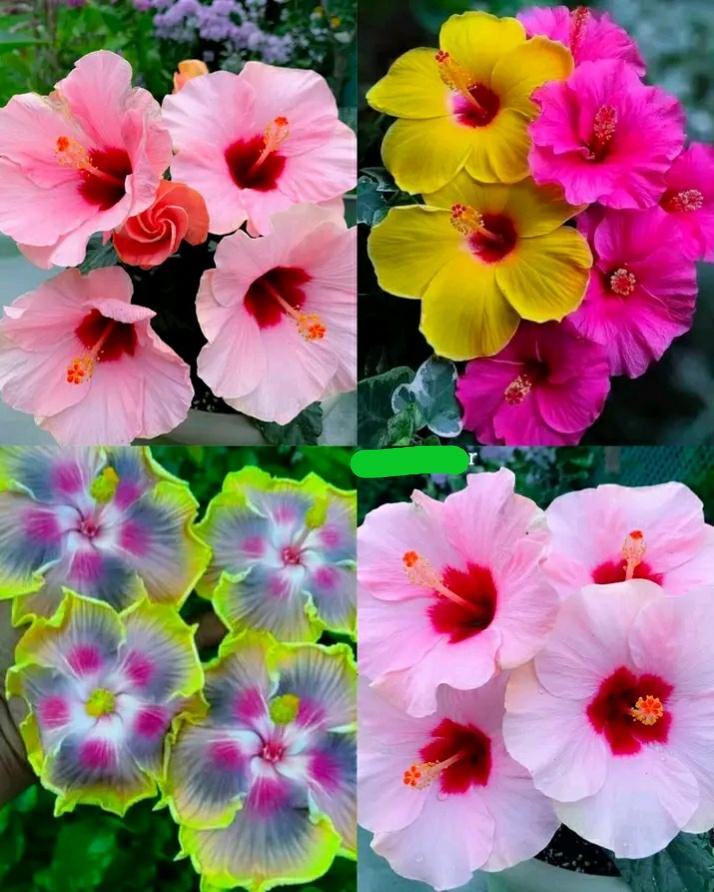
Hibiscus rosa-sinensis.
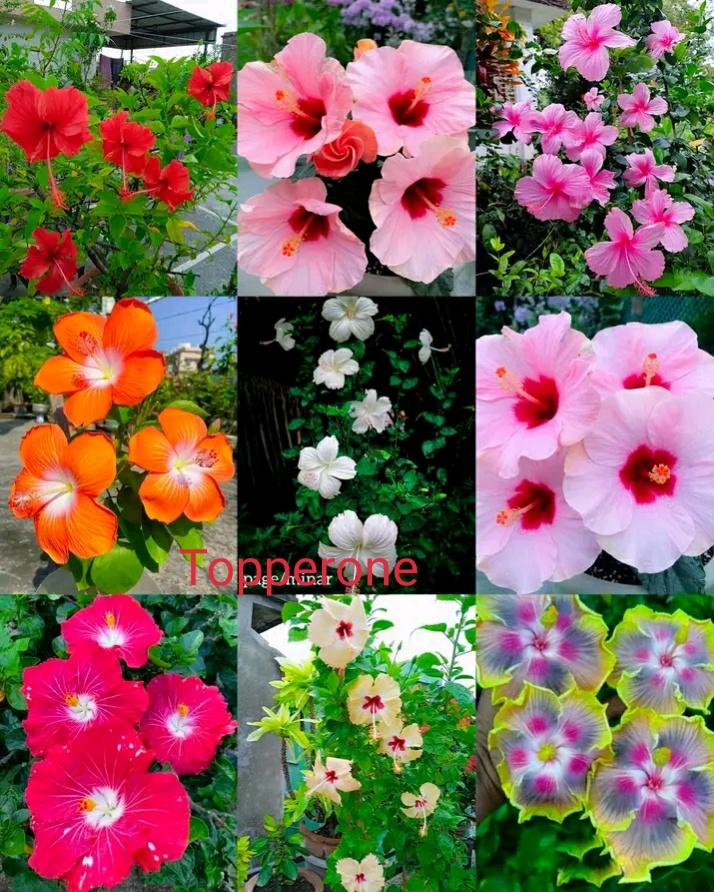
Ampurukam.
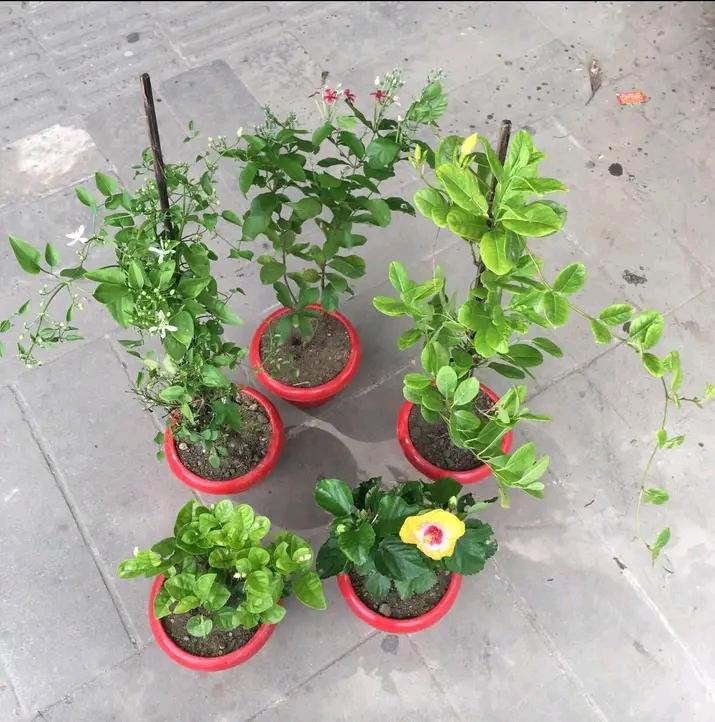
Seedlings of Hibiscus rosa-sinensis plant.
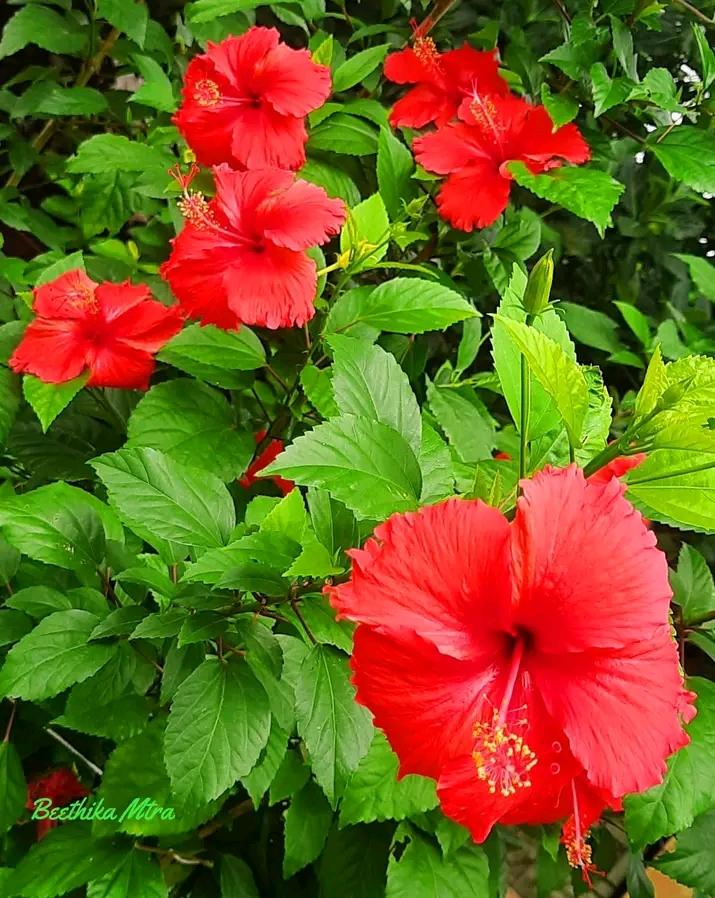
Arattam.
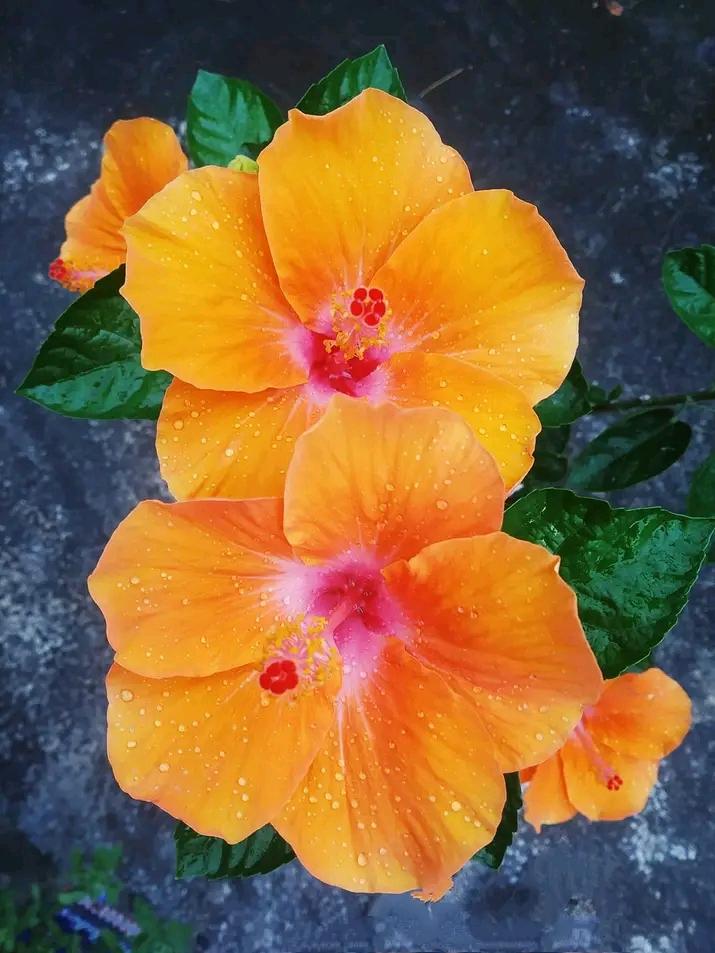
Chinese hibiscus.
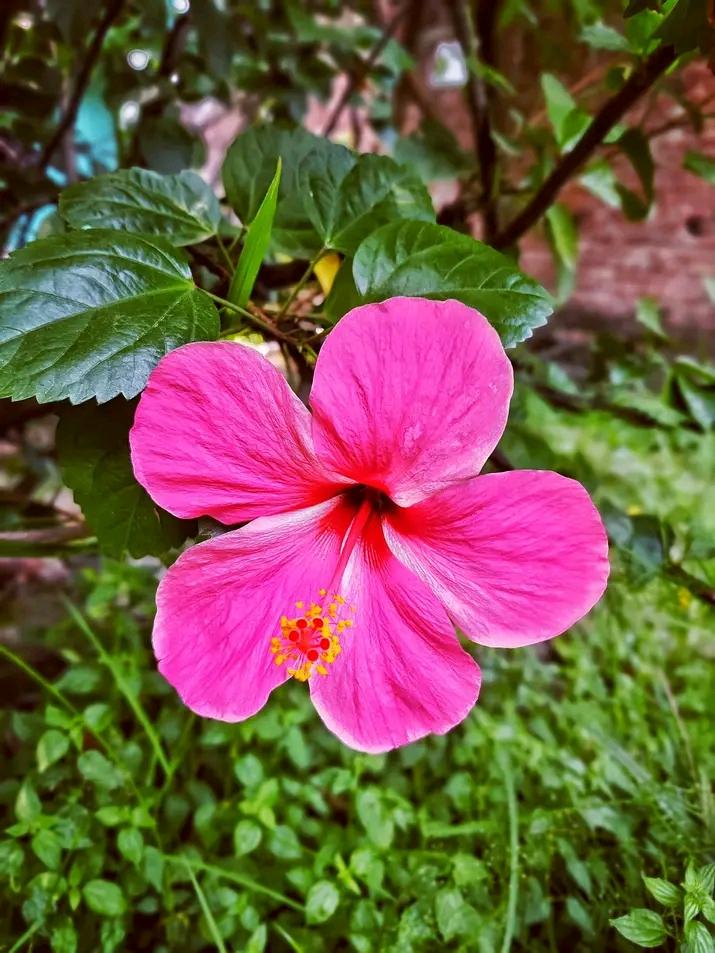
China rose.
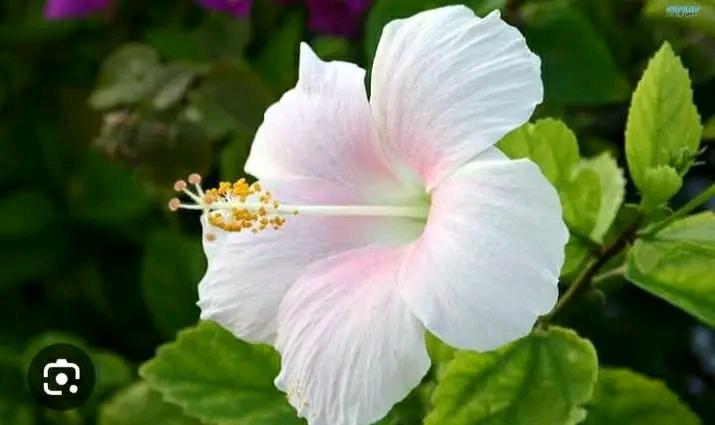
Cembarutti.
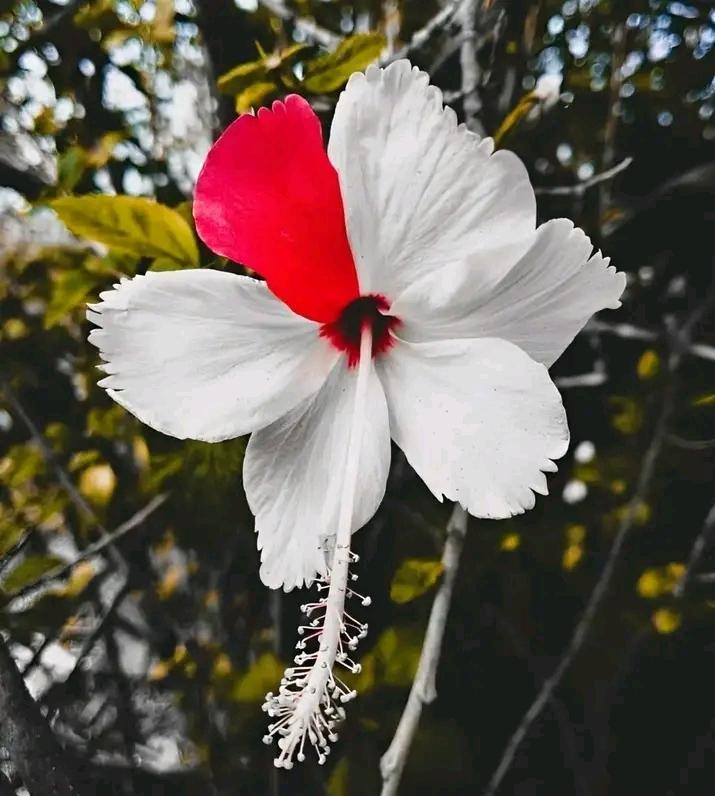
Capakucumam.
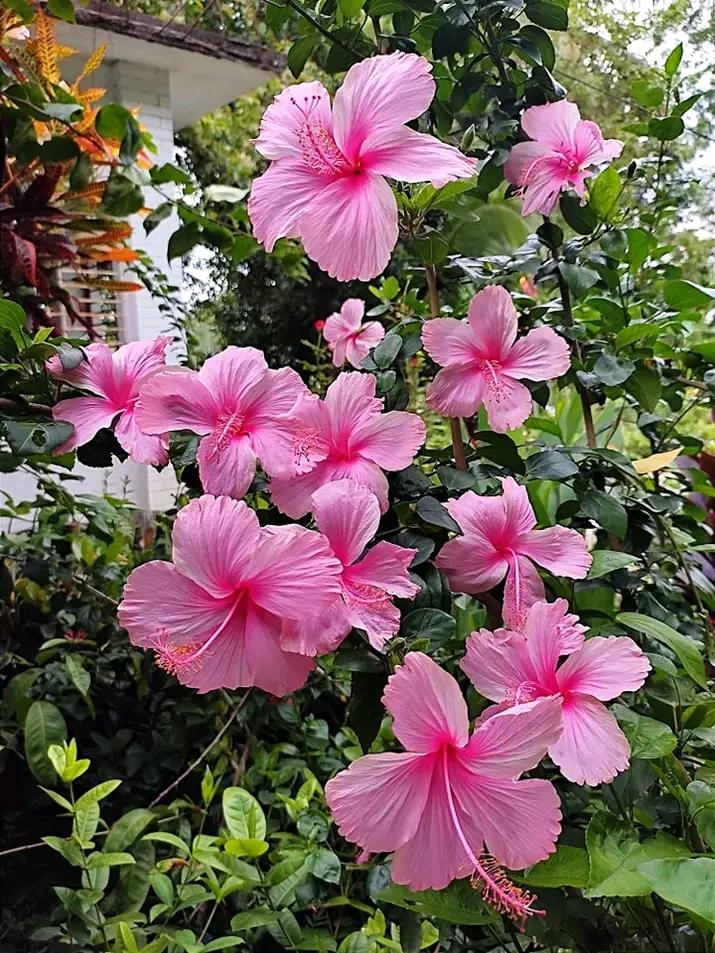
Cembarutti.
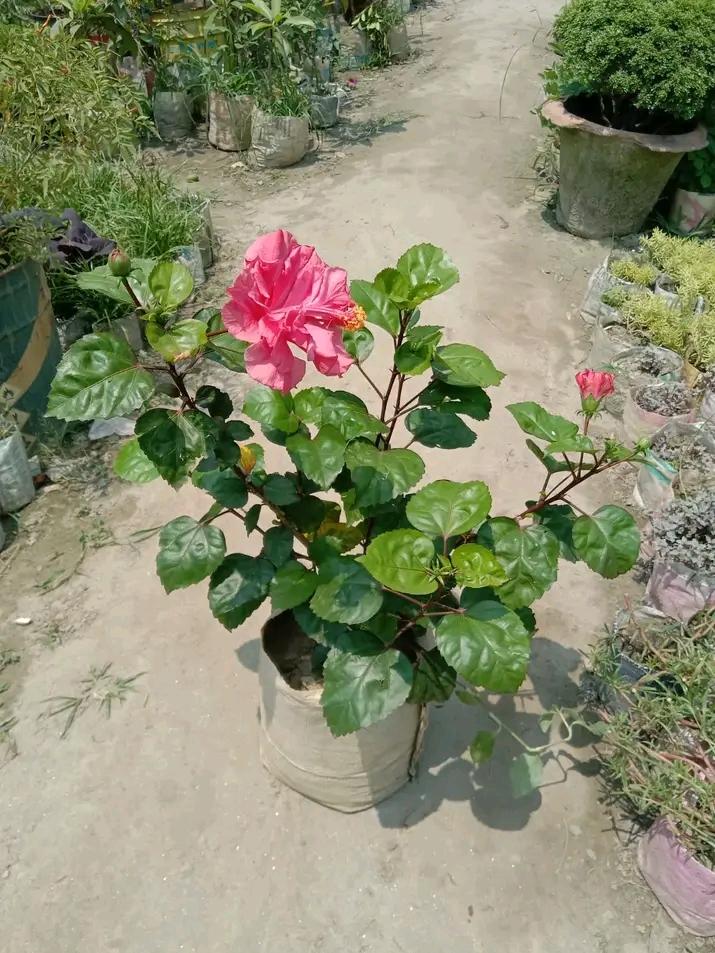
Blackening plant.
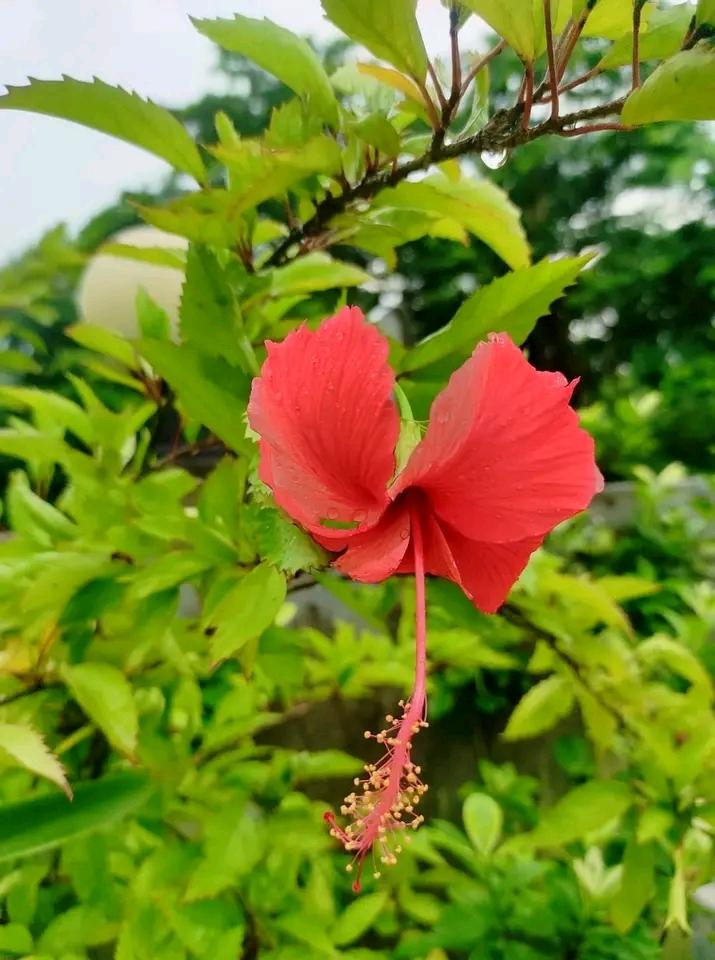
Cemparutti.
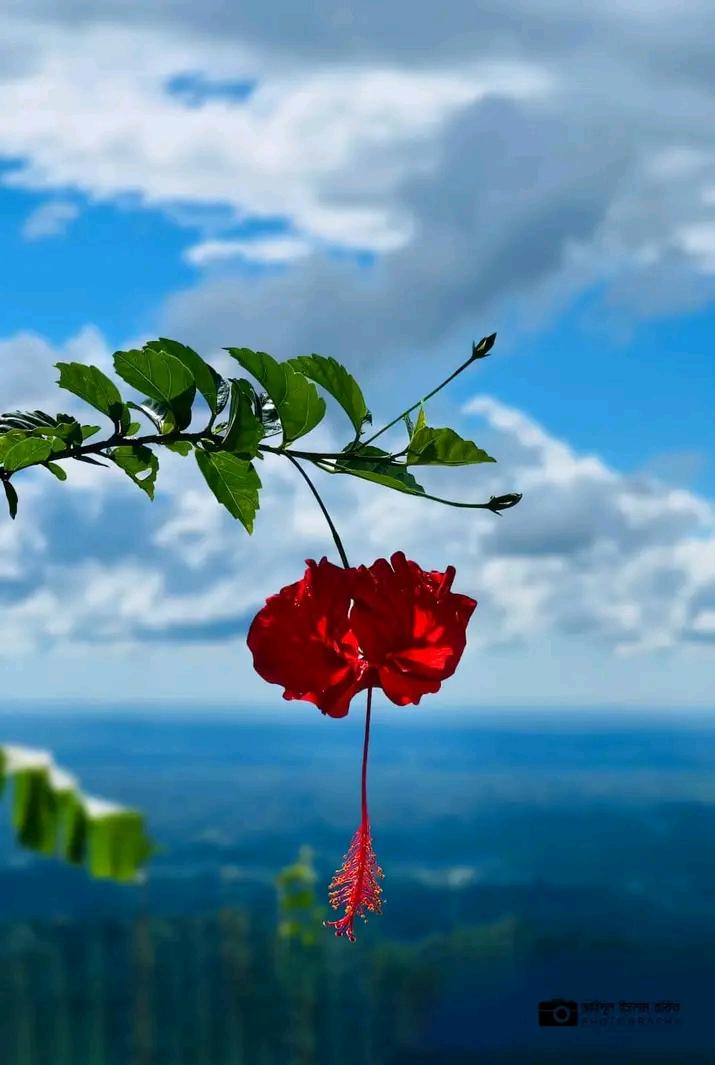
Lal Joba flower.
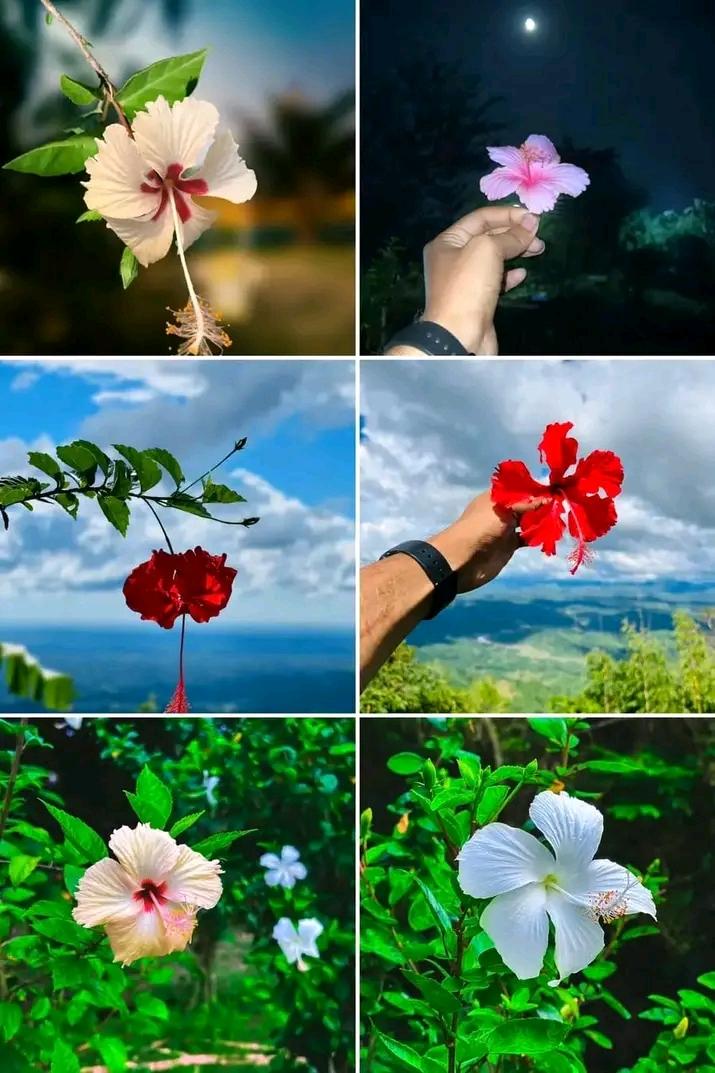
Dosni Phool.
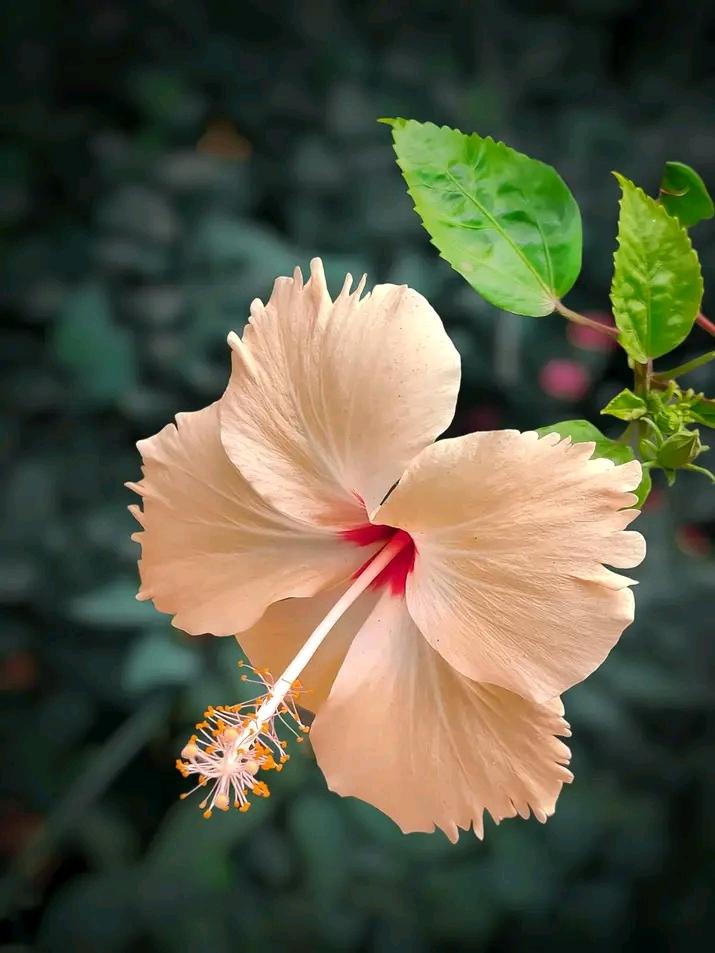
Chemparati.
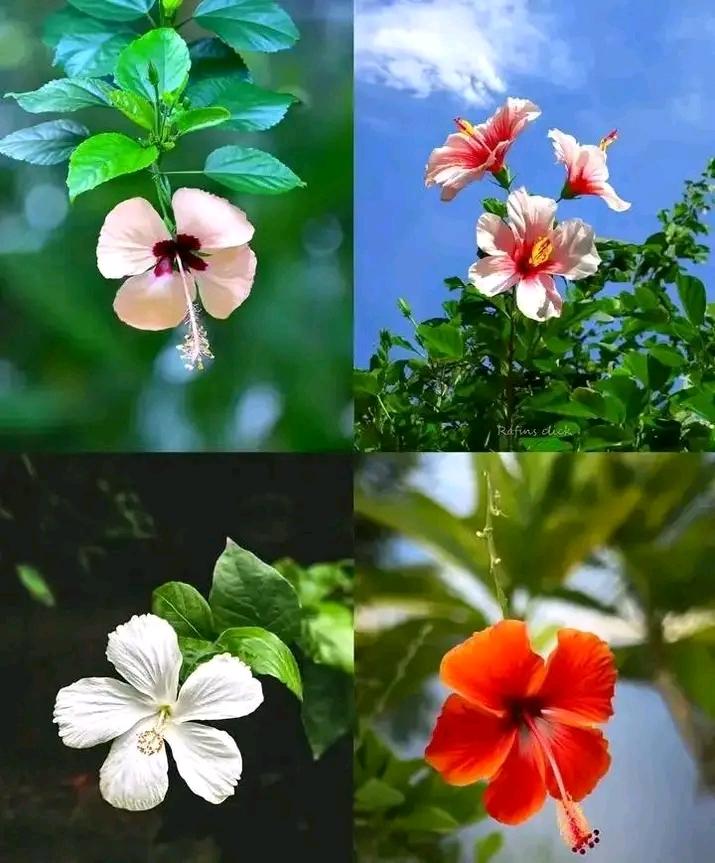
Darshan.
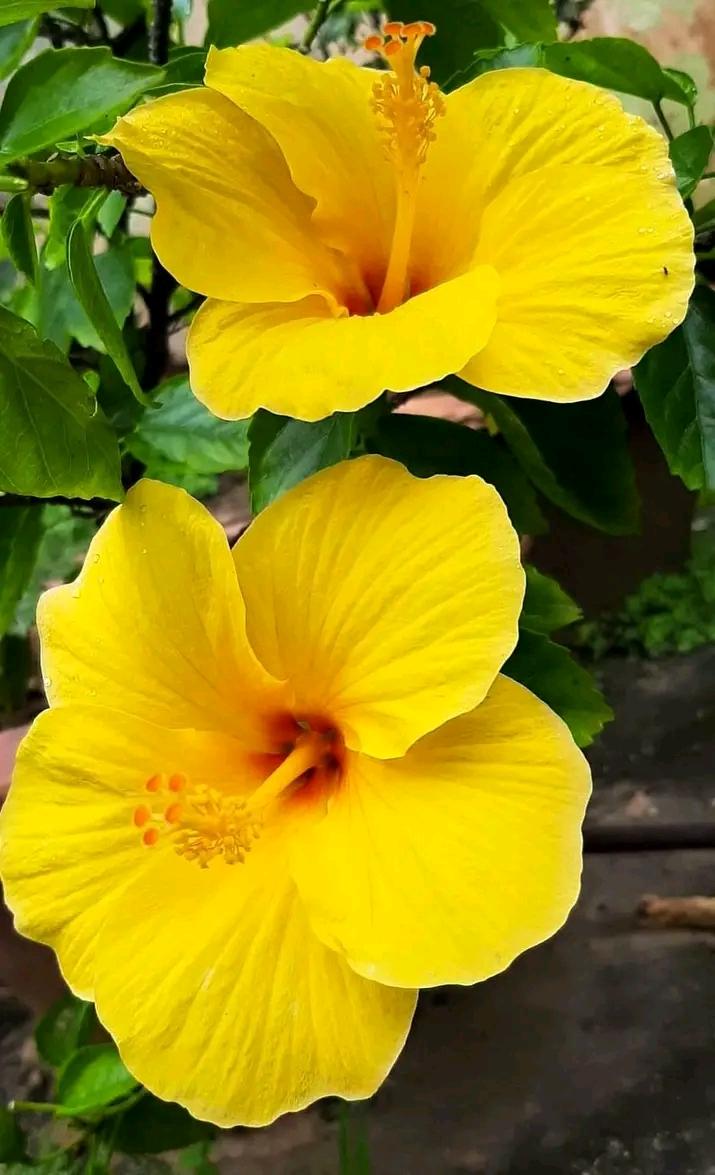
Dasindachaphula.
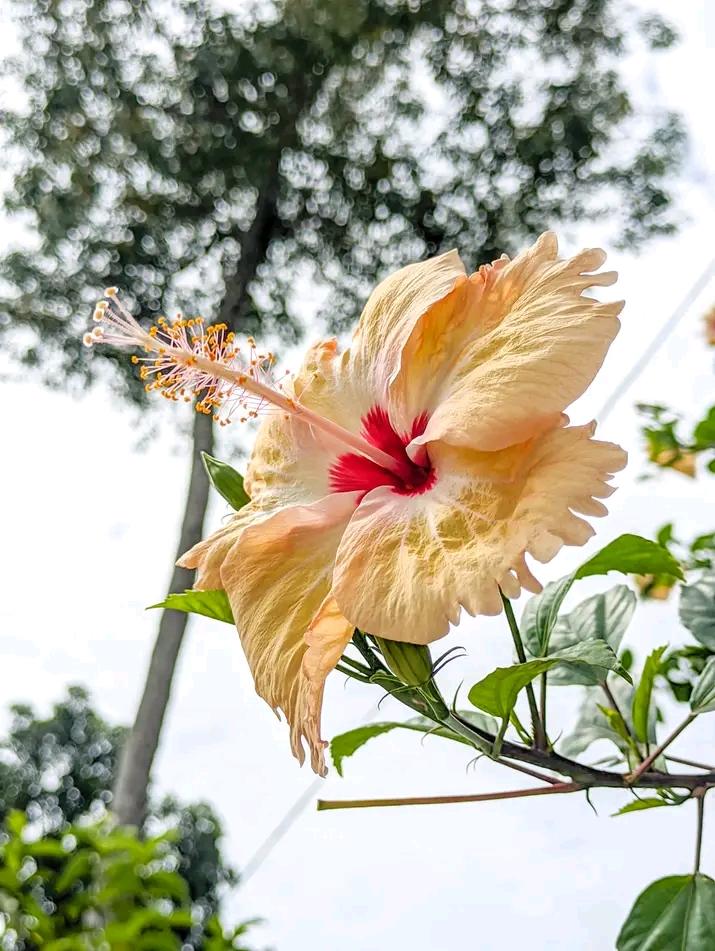
Daanachettu.
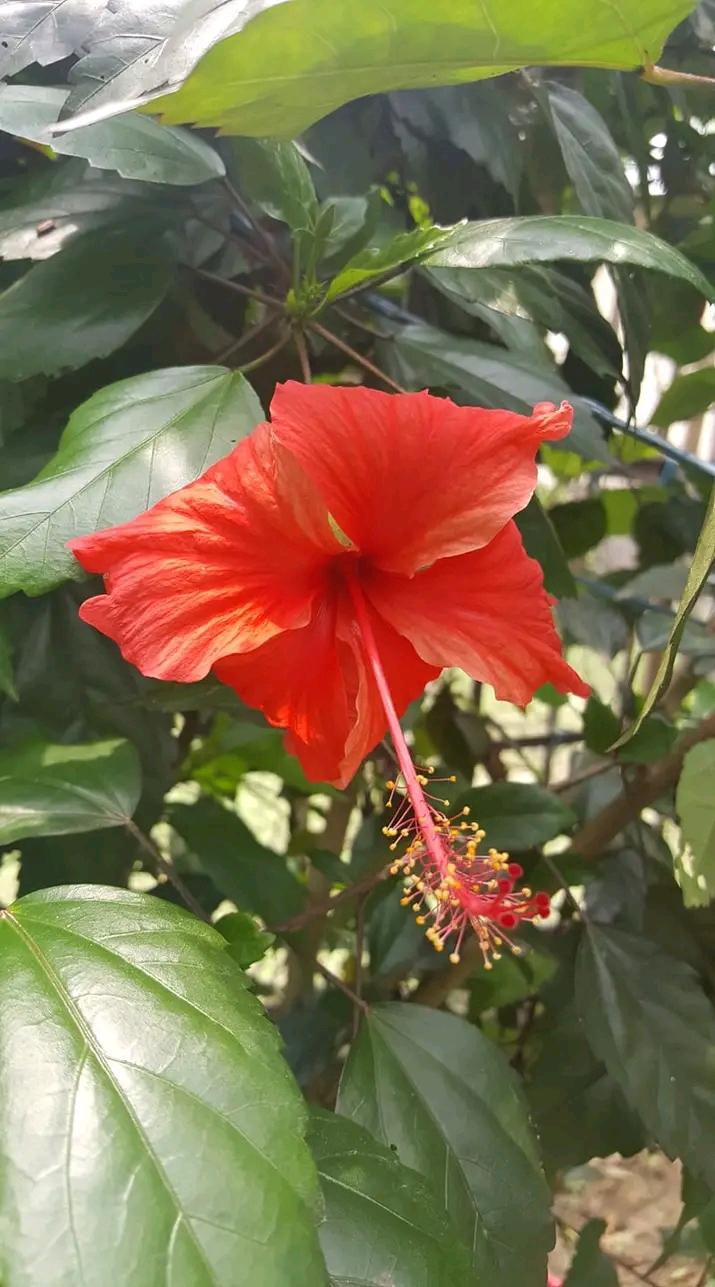
Daasaana chettu.
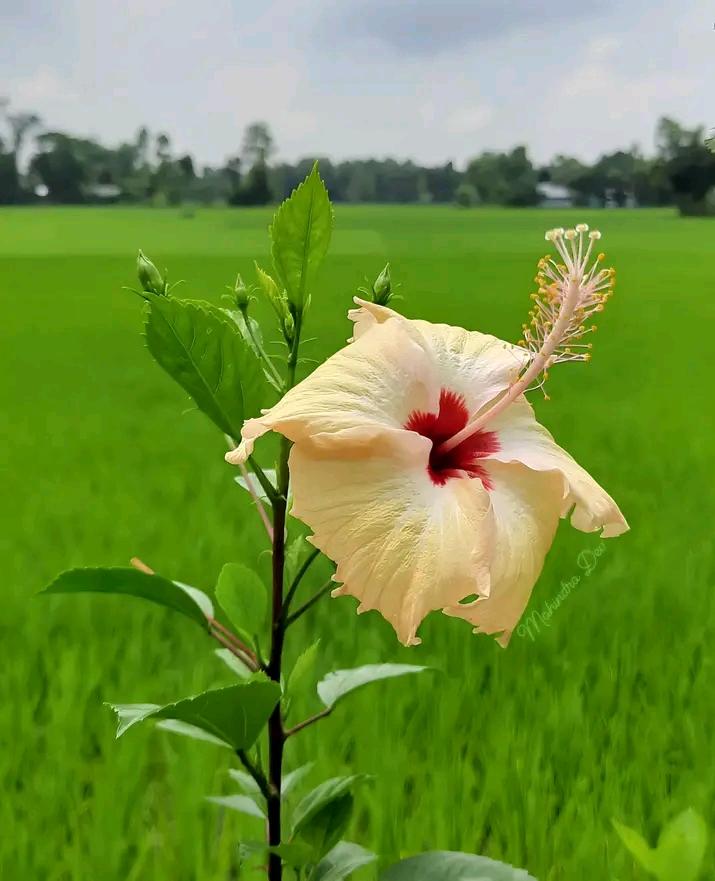
Dasanamu.
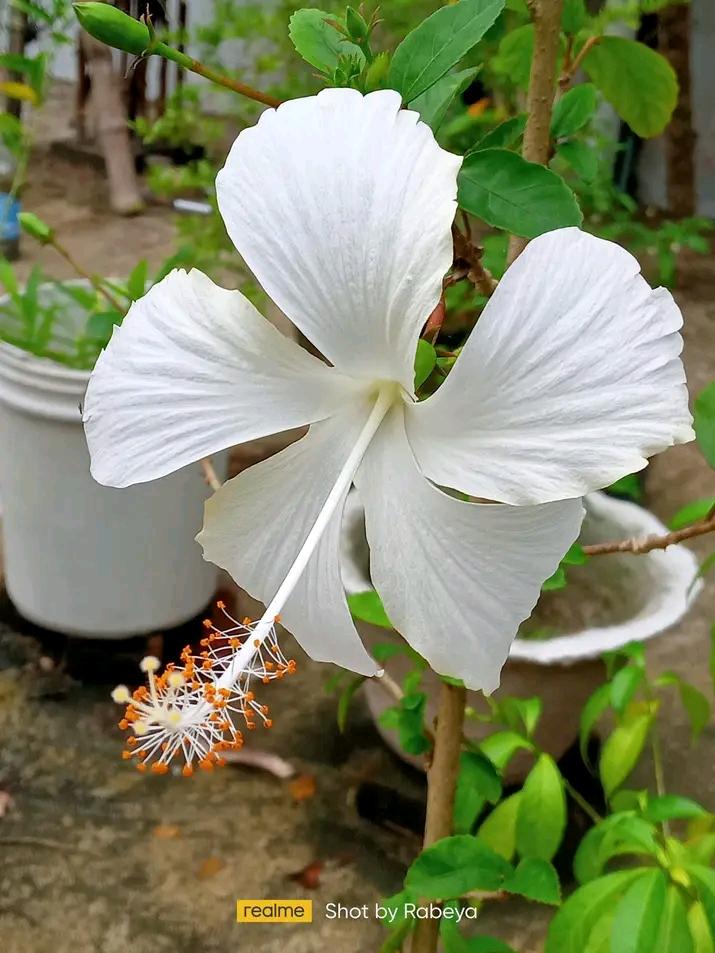
japa flower.
Topic related post;
Mimusops elegani flower ‘Spanish cherry’
